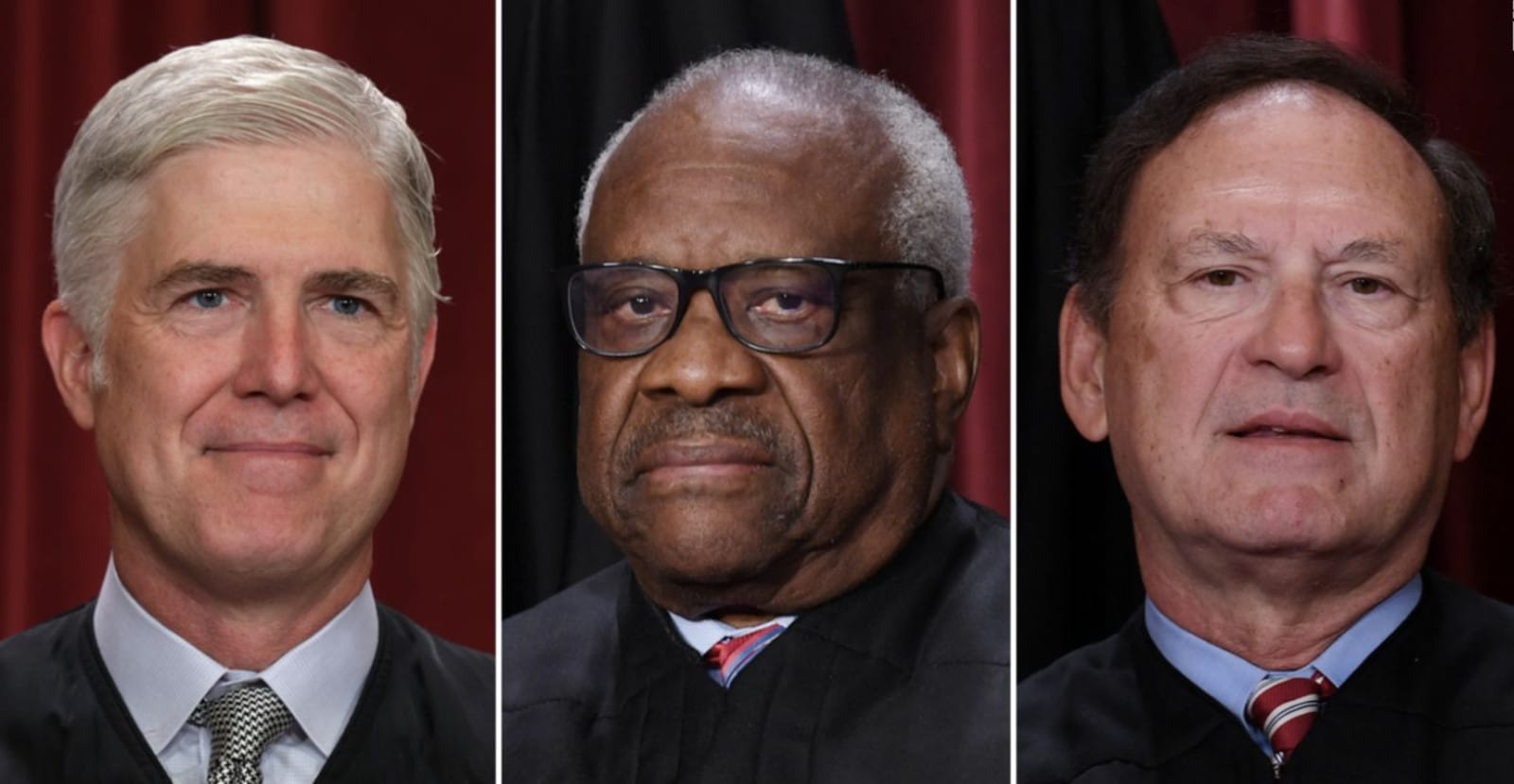
The U.S. Supreme Court has passed up an opportunity to correct a ruling by Hawaii’s top court that appears to violate Second Amendment interpretations.
The Hawaii Supreme Court recently rejected landmark Second Amendment cases that have been decided by the highest court in the country, finding the “spirit of Aloha clashes with a federally mandated lifestyle that lets citizens walk around with deadly weapons during day-to-day activities.”
“In Hawaii, there is no state constitutional right to carry a firearm in public,” the super-blue state court wrote.
Justice Clarence Thomas explained in a statement joined by Justice Samuel Alito that fixing the state court’s error “must await another day.”
Thomas, Alito, and Neil Gorsuch criticized the Hawaii court’s decision but stated they could not take up the case at this time. They further explained that the defendant, Christopher Wilson, has yet to stand trial on other charges. Wilson was arrested in 2017 for trespassing on private property while carrying an unlicensed pistol.
“Wilson moved to dismiss only some of his charges, most notably leaving for trial a trespassing charge on which his Second Amendment defense has no bearing,” Thomas wrote in a statement joined by Justice Samuel Alito. “He thus seeks review of an interlocutory order over which we may not have jurisdiction.”
Nonetheless, Thomas remarked that Hawaii’s highest court would have deemed the state’s licensing regulations “unconstitutional and supported the dismissal of Wilson’s public-carry charges” if it had adhered to the U.S. Supreme Court’s interpretation of the Second Amendment.
“I agree with the Court’s decision to deny certiorari in this posture,” he wrote. “In an appropriate case, however, we should make clear that Americans are always free to invoke the Second Amendment as a defense against unconstitutional firearms-licensing schemes.”
Gorsuch, in a separate statement, indicated that the issue could be revisited in the future if Hawaii’s highest court does not alter its approach as the case progresses.
In October, the U.S. Supreme Court rejected a challenge to the constitutionality of a federal law that bans the possession of a gun by someone who has been the subject of a domestic violence restraining order.
The vote is 8-1 with Justice Clarence Thomas dissenting.
“The court holds that when an individual has been found by a court to pose a credible threat to the physical safety of another, that individual may be temporarily disarmed consistent with the Second Amendment,” SCOTUS Blog reported.
Chief Justice John Roberts wrote that, “Since the founding, our Nation’s firearm laws have included provisions preventing individuals who threaten physical harm to others from misusing firearms. As applied to the facts of this case, Section 922(g)(8) fits comfortably within this tradition.”
Discussing the application by the lower courts of the Supreme Court’s decision in New York State Rifle & Pistol Association v. Bruen, Roberts writes, “Some courts have misunderstood the methodology of our recent Second Amendment cases. These precedents were not meant to suggest a law trapped in amber.”
Otherwise, Roberts explained, the Second Amendment would only protect “muskets and sabers.”
“Why and how the regulation burdens the right are central to this inquiry. For example, if laws at the founding regulated firearm use to address particular problems, that will be a strong indicator that contemporary laws imposing similar restrictions of similar reasons fall within a permissible category of regulations.”
The nation’s highest court made headlines the same month when it unanimously rejected a challenge to the Food and Drug Administration’s authority to regulate an abortion-related medication.
Justices ruled 9-0 that challengers lacked standing to oppose the FDA’s regulatory approval process of the abortion drug mifepristone, in a decision seen as a victory for the Biden administration and abortion rights activists.
Leave a Reply